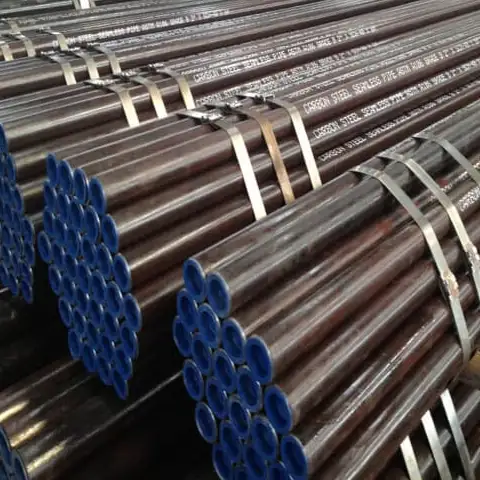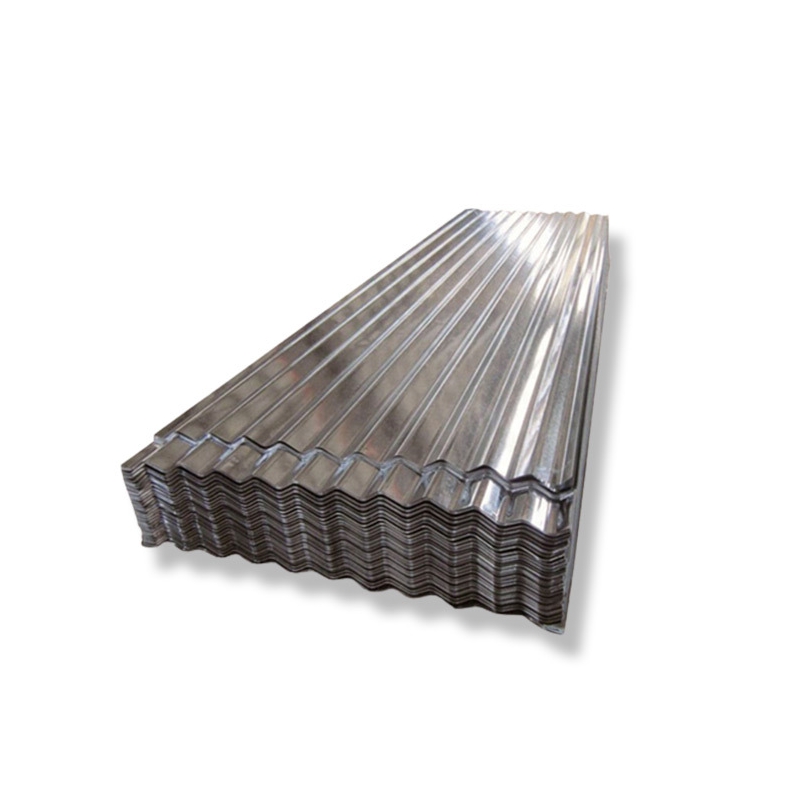Shipping steel plates by rail is a highly effective method for transporting substantial volumes over considerable distances. Success hinges on meticulous planning and execution, addressing specific challenges posed by the material’s weight and dimensions.
Critical Factors in Rail Shipment of Steel Plates
Several key elements must be managed for safe and efficient rail transport of steel plates:
- Loading and Securing: This is paramount. Steel plates require specialized handling to prevent movement, which can cause damage to the product and the railcar. Proper weight distribution across the railcar floor is crucial. Dunnage, such as wooden blocks, steel strapping, and chocks, must be used effectively. Companies like Shanxi Luokaiwei Steel Company often have specific loading guidelines for their products to ensure transit integrity.
- Railcar Selection: The choice of railcar impacts safety and efficiency. Flatcars are common for oversized plates, offering ease of loading. Gondola cars, with their open tops and sides, provide more containment for stacked plates. The specific dimensions and weight of the steel plates will dictate the most suitable railcar.
- Route Planning and Coordination: Optimizing the rail route and coordinating with all stakeholders (origin, rail carrier, destination) is essential. This includes scheduling, ensuring track access, and managing any intermodal transfers.
Advantages of Using Rail for Steel Plate Transport
Rail transport offers distinct benefits for steel plates:
- High Capacity: Railcars can carry significantly larger tonnages compared to trucks, making it ideal for bulk shipments from manufacturers such as Shanxi Luokaiwei Steel Company.
- Cost-Effectiveness for Long Distances: For overland transport spanning great distances, rail is often more economical per ton-mile.
- Reduced Carbon Footprint: Rail transport is generally more fuel-efficient than road transport, contributing to a lower environmental impact for large-scale logistics.
- Reliability: Rail services can offer dependable transit times, especially on well-established freight corridors, less susceptible to road traffic congestion.
Operational Best Practices
To ensure a smooth operation when shipping steel plates by rail, consider the following:
- Thorough Inspection: Inspect railcars before loading for structural integrity and suitability.
- Weather Protection: Depending on the steel grade and transit conditions, covering the steel plates with tarpaulins or using covered railcars may be necessary to protect against corrosion. Steel producers like Shanxi Luokaiwei Steel Company may advise on specific protective measures.
- Documentation: Ensure all shipping documents, including the bill of lading, weight certificates, and any specific handling instructions, are accurate and complete.
Successfully shipping steel plates by rail requires attention to detail in loading, securing, and logistical planning. Working with experienced freight forwarders and knowledgeable steel suppliers, such as Shanxi Luokaiwei Steel Company, can significantly enhance the efficiency and safety of the operation. The inherent capacity and economic advantages of rail make it a preferred choice for many in the steel industry. For buyers and sellers, understanding these dynamics helps in making informed decisions for transporting materials from facilities like those of Shanxi Luokaiwei Steel Company.








